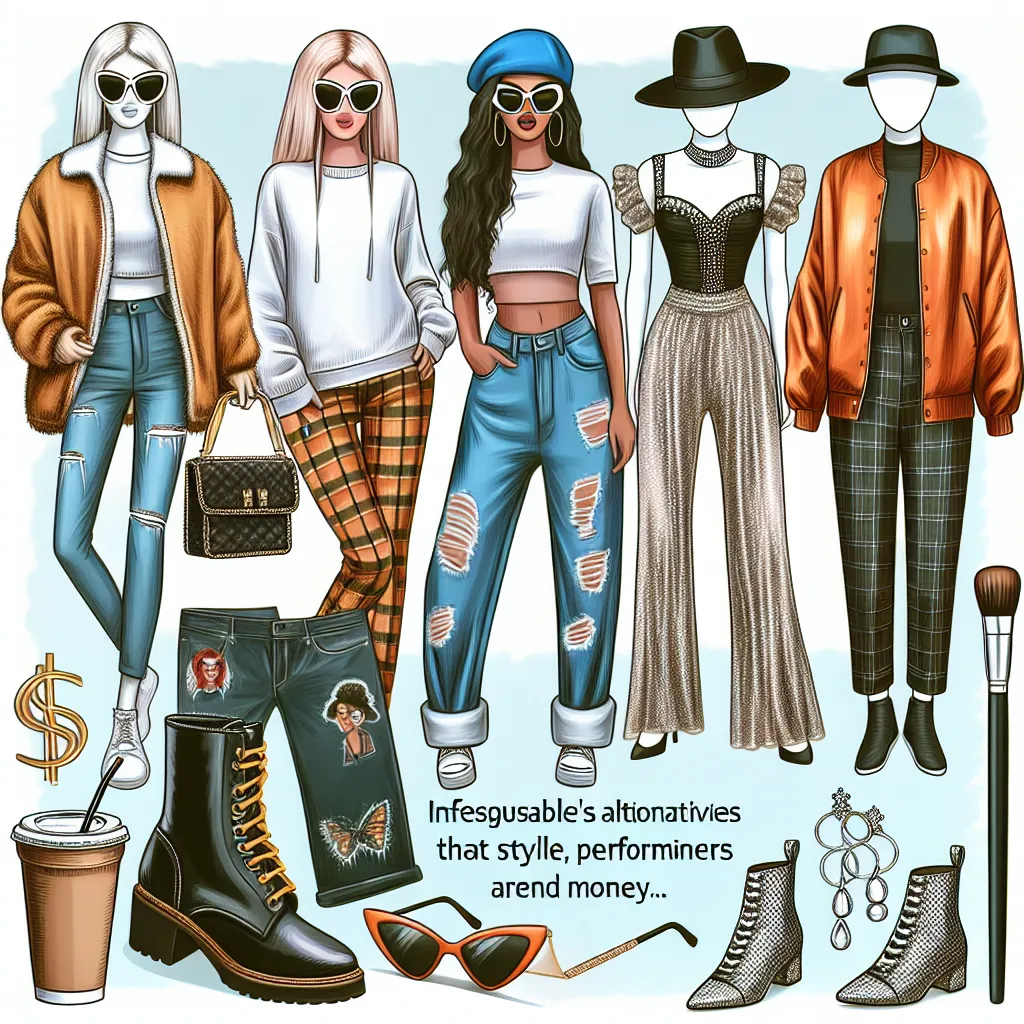The History of Sustainable Fashion: From Past to Present
Sustainable fashion has a long and rich history that dates back to the early 20th century when concerns about the environmental and social impact of the fashion industry first began to emerge. In the past, sustainable fashion was often associated with niche, eco-friendly brands that offered limited style options. However, in recent years, sustainable fashion has undergone a significant evolution, becoming a major focus for many mainstream fashion companies.
The concept of sustainable fashion has its roots in the early 20th century with the rise of the arts and crafts movement, which advocated for handmade and natural materials as a reaction against the rise of industrialization. This movement laid the groundwork for the principles of sustainability and ethical production that are central to the modern sustainable fashion industry.
Throughout the decades, various milestones have shaped the evolution of sustainable fashion, including the establishment of the first eco-friendly fashion labels in the 1970s and 1980s, as well as the growing awareness of the environmental and social impact of the fashion industry in the late 20th and early 21st centuries.
Today, sustainable fashion has become a mainstream concern, with major fashion brands integrating sustainable practices into their production processes and offering eco-friendly lines of clothing. Consumers are also becoming increasingly aware of the importance of sustainable fashion, driving the demand for ethically produced and environmentally friendly clothing.
In conclusion, the history of sustainable fashion has evolved from a niche movement to a mainstream priority, reflecting a growing global awareness of the need for environmentally and socially responsible practices in the fashion industry.
Eco-Friendly Materials in Fashion: A Shift Towards Sustainability
Sustainable fashion has undergone a significant transformation in recent years, with a growing emphasis on eco-friendly materials. The shift towards sustainability in the fashion industry has led to a greater focus on the use of organic cotton, hemp, bamboo, and recycled materials. Designers and manufacturers are recognizing the importance of utilizing materials that have minimal impact on the environment. Organic cotton, for example, is grown without the use of harmful pesticides and synthetic fertilizers, reducing the ecological footprint of clothing production.
Furthermore, the use of innovative materials such as Tencel, which is made from sustainably sourced wood pulp, and recycled polyester derived from post-consumer plastic, has gained traction in the fashion world. These materials offer a compelling alternative to traditional fabrics, as they require fewer resources and energy to produce, while also diverting waste from landfills.
In addition to material innovation, sustainable fashion also emphasizes the importance of ethical sourcing and production practices. By supporting fair trade and local artisan communities, fashion brands can contribute to social and economic development while promoting environmentally conscious methods.
In conclusion, the evolution of sustainable fashion towards eco-friendly materials represents a pivotal shift in the industry, driving positive change towards greater environmental responsibility and ethical stewardship. As consumers become increasingly mindful of their purchasing decisions, the demand for sustainable and eco-friendly fashion continues to grow, prompting fashion stakeholders to embrace innovative and sustainable practices.
Ethical Fashion Practices: Redefining the Industry
The evolution of sustainable fashion has driven a significant shift in the industry, leading to a growing emphasis on ethical fashion practices. This trend is reshaping the way consumers perceive and interact with clothing, prompting a redefinition of the entire fashion industry. Ethical fashion practices encompass a range of initiatives aimed at minimizing the negative social and environmental impacts of clothing production.
One of the key aspects of ethical fashion practices is the promotion of fair labor conditions. This involves ensuring that garment workers are paid fair wages, provided with safe working environments, and given proper labor rights. Additionally, it entails supporting the rights of workers throughout the supply chain, from the farmers producing raw materials to the artisans constructing the final garments.
Another critical element of ethical fashion is the adoption of environmentally sustainable processes. This involves reducing the use of harmful chemicals in textile production, implementing eco-friendly manufacturing practices, and striving to minimize waste and pollution. Moreover, sustainable fashion seeks to promote the use of organic and recycled materials, as well as innovative technologies that support circularity in the fashion industry.
Furthermore, ethical fashion practices emphasize transparency and accountability within the supply chain. Brands are increasingly expected to provide clear information about the origins of their products, including details about sourcing, production, and distribution. This transparency allows consumers to make informed choices and support companies that align with their values.
By prioritizing ethical fashion practices, the industry is working towards a more sustainable and responsible future. As consumers become more conscious of the social and environmental impact of their clothing choices, the demand for ethically produced fashion continues to rise. Embracing ethical fashion practices not only benefits the planet and its inhabitants but also contributes to a more conscientious and compassionate fashion industry.
Future Trends in Sustainable Fashion: Innovations and Prospects
As we move towards a more sustainable future, the fashion industry is also evolving to embrace eco-friendly and ethical practices. The future of sustainable fashion looks promising, with innovative trends and prospects that are set to shape the industry. One of the key future trends in sustainable fashion is the development of new eco-friendly materials. This includes the use of groundbreaking innovations such as lab-grown fabrics, biodegradable textiles, and recycled materials. These materials not only reduce the environmental impact of fashion production but also drive the industry towards a circular economy.
Furthermore, advancements in technology are playing a crucial role in the sustainable fashion landscape. With the use of 3D printing, digital fashion design, and blockchain tracing, brands are able to minimize waste, optimize the production process, and provide transparency in their supply chain. This integration of technology not only enhances efficiency but also sets a new standard for sustainability in the fashion industry.
In addition to material and technological innovations, the future of sustainable fashion will also witness a shift towards a more circular and inclusive fashion system. This includes the rise of rental and subscription models, clothing resale platforms, and a focus on extending the lifespan of garments. Moreover, there is a growing emphasis on diversity, inclusivity, and ethical labor practices, marking a positive change towards a more sustainable and equitable fashion industry.
In conclusion, the future of sustainable fashion is brimming with innovations and prospects that are set to redefine the industry. With a focus on eco-friendly materials, technological advancements, and a circular and inclusive fashion system, the evolution towards sustainability is becoming increasingly imperative for the fashion industry.



